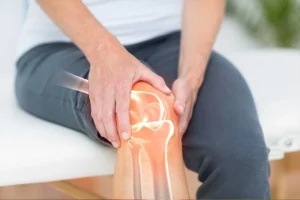What is Arthroscopy?
During an arthroscopy, a camera is inserted into the knee through two small puncture wounds. One for inserting the camera and the others for instruments. It allows us to look at the joint surfaces, cartilage and the main ligaments of the knee. The operation is usually carried out under a general anaesthetic. Once patient have recovered from the anaesthetic, they will be able to get up and a physiotherapist will explain some exercises. Why it is done? As well as allowing to see the problem, some procedures can be performed.
- Repair or removal of torn cartilages. These are shock absorbers of the knee and are commonly damaged as a result of sports injury or simply ‘wearing out’.
- Damage to the knee cap and the joint surfaces can be trimmed or shaved.
- Small holes (micro-fractures) can be made in the bone to stimulate new cartilage growth.
- Removal of loose bodies such as bone, cartilage or debris from the joint.
- If inflammation is present, samples from the lining of the joint can be taken.
What will be the recovery following surgery?
The knee may ache and swell following surgery and patient might need to take some painkillers. Hospital stay will be 1-2 days. The majority of patients should be walking without too much pain and able to do normal daily activities and sedentary (office-type) work within one to two weeks. If job is more physical and involves climbing, squatting or lots of stairs, it will probably need two weeks off to recover. Driving is possible after five to seven days when knee is feeling comfortable. It is advisable to gradually increase the level of activity to see how knee copes.




